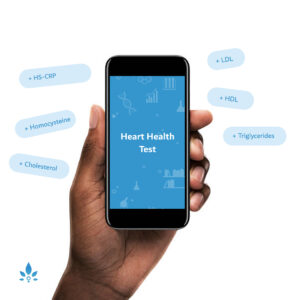Hodgkin’s Disease in Children


What is Hodgkin’s disease?
Hodgkin’s disease is a type of cancer that affects the body’s lymph system. The lymph system includes lymphocytes or lymph cells that move throughout the body, working to fight infection. However, Hodgkin’s disease causes the cells to multiply uncontrollably. Cancers of the lymph cells are known as lymphomas and are typically divided into non-Hodgkin lymphoma and Hodgkin lymphoma. The difference between the two lies in the appearance of the cancerous cells. In Hodgkin’s disease, a special type of cell—known as a Reed-Sternberg—cell is present.
In addition to Reed-Sternberg cells, Hodgkin lymphoma is classified by the presence of other cells. One type is nodular lymphocyte-predominant Hodgkin lymphoma, which is a rare form of cancer.
The other classification is classical Hodgkin lymphoma, and it includes the following four types:
- Lymphocyte-depleted Hodgkin lymphoma
- Lymphocyte-rich classical Hodgkin lymphoma
- Mixed cellularity Hodgkin lymphoma
- Nodular sclerosis Hodgkin lymphoma
Diagnosis
A doctor who specializes in diagnosing cancerous tissues, known as a pathologist, can look at a sample of tissue from a child or adult to identify the types of cells present.
Because the lymph system is related to the body’s immune system, many symptoms are related to an affected immune system. These include:
- Appetite loss
- Fatigue
- Fever
- Itching skin
Lymph node swelling that is not painful to the touch, particularly in the chest, groin, neck, or underarms
Night sweats
Weight loss
Diagnosing childhood Hodgkin’s disease involves taking a medical history and conducting a physical exam to feel for lymph node swelling. If Hodgkin’s disease is suspected, a doctor may order other tests, such as imaging scans to look for tumors, a complete blood count (CBC) blood test to test for blood cells, and/or a lymph node biopsy that removes a portion of lymph node cells to examine them for Reed-Sternberg cells or other cancerous cells.
Prevention and treatment
For the most part, Hodgkin’s lymphoma cannot be prevented. The key age demographics of people likely to experience the condition include those ages 15 to 40 years old and those aged 55 and older, according to MD Anderson Cancer Center. Boys are more likely to be diagnosed with Hodgkin’s disease. Other risk factors include a family history of the disease or have a history of certain viruses, including:
- Epstein-Barr virus (EBV)
- Infectious mononucleosis (mono)
- Human immunodeficiency virus (HIV)
- Human T-cell lymphocytotropic virus (HTLV)
However, having a family history of these conditions does not mean a child will experience Hodgkin’s disease. Talk to your child’s physician if you are concerned about a particular risk factor related to Hodgkin’s disease.
Treatment and recovery for Hodgkin’s disease depend upon a number of factors, including cancer’s stage, tumor size, cell types, and the child’s age and overall health. According to the National Cancer Institute, most children and teenagers who are diagnosed with Hodgkin lymphoma can be cured through treatments such as chemotherapy and radiation therapy.
Sources:
- Mayo Clinic
- Hodgkin’s vs
- Non-Hodgkin’s Lymphoma: What’s the Difference?
MD Anderson Cancer Center - Childhood Lymphoma Treatment.
Powered by Bundoo®












































